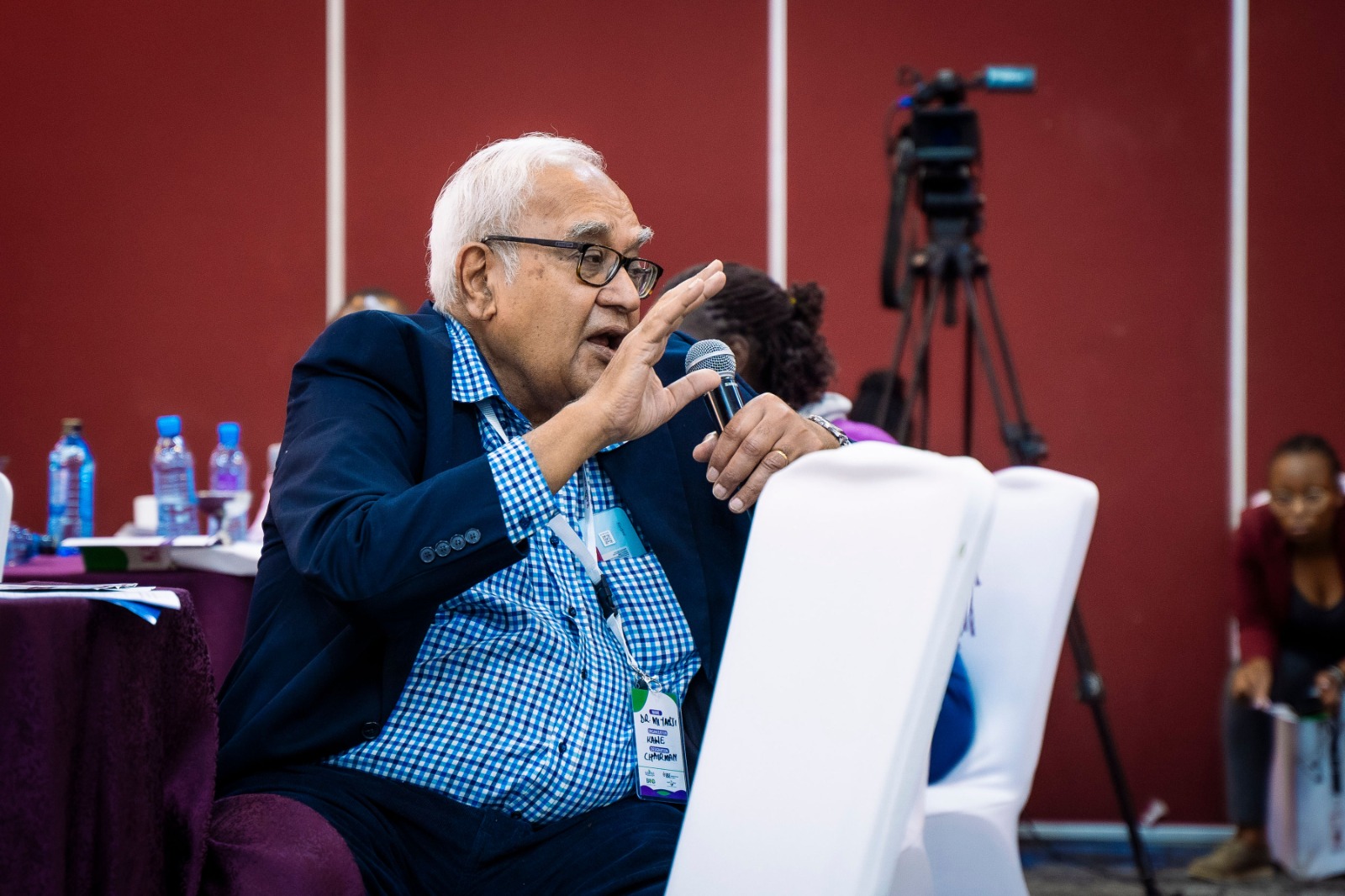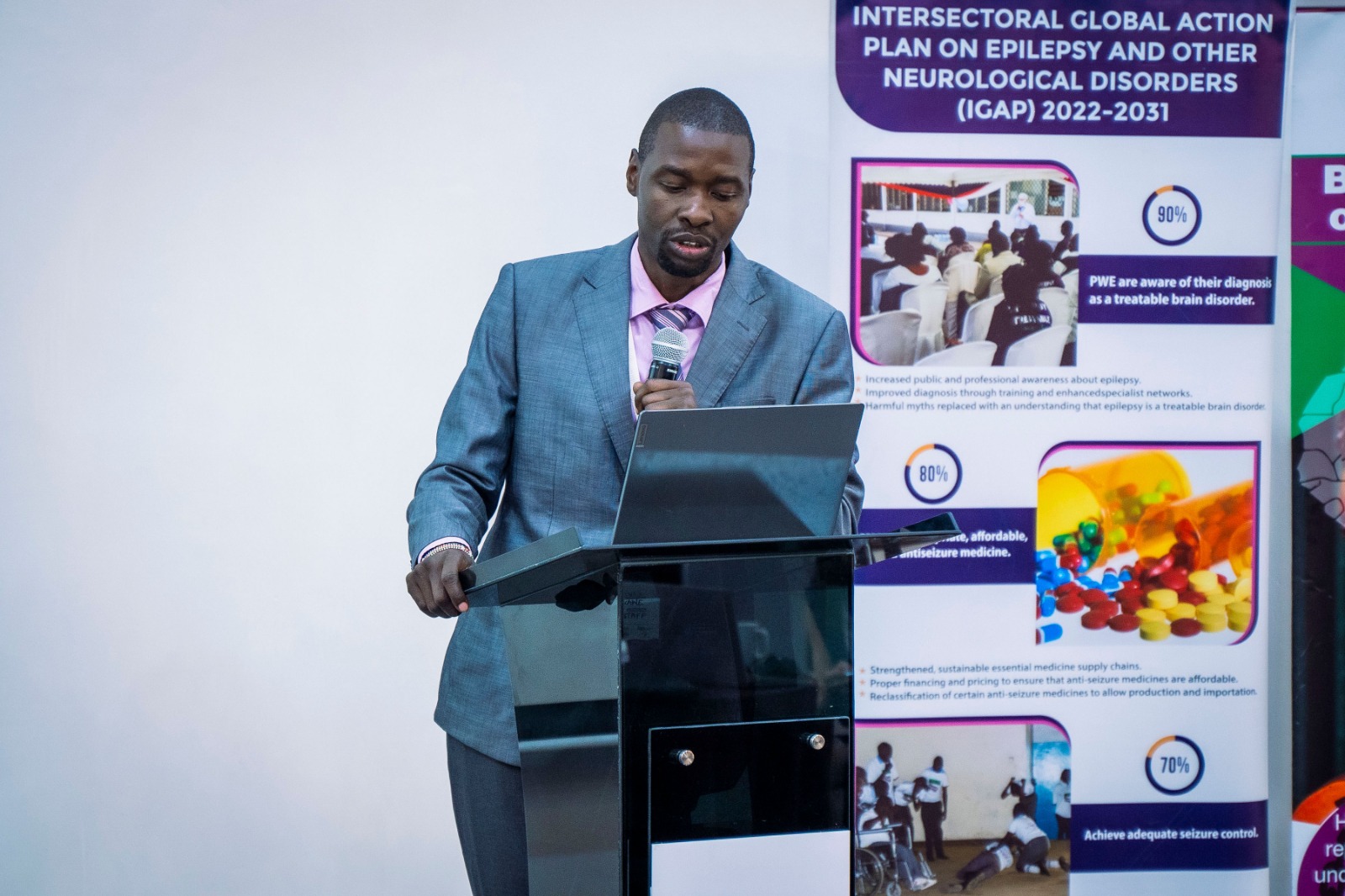
“How I wish
people understood epilepsy is not in any way related to a curse or witchcraft.”
This is a painful statement of Patrick Njoroge, who has been epileptic the last 39
years.
Patrick has lived with the condition since he was born. He says: “I am very
surprised that in the 21-century people still attribute a condition like
epilepsy to witchcraft or a curse.”
Patrick has had to endure alienation even from family members who have time and
again dismissed him as a pretender whenever he experiences a seizure.
He says: “My
father, oblivious of epilepsy condition, always accused me of pretending to be
sick not to attend to other home duties. My sister too once told me that I was
just pretending because she had never seen any person experiencing seizures. It
has indeed been a tough journey for me living among people who did not
understand my condition and always dismissed it as mere pretence.”
Dr Osman Miyanji, a paediatric neurologist with a vast experience dealing with
epileptic patients, explains epilepsy as a neurological disorder
characterised by recurrent seizures, which are brief episodes of involuntary
movements, changes in awareness, or other alterations in brain function.
He further
explains: “There are many other forces of seizures, but if
the seizures fall within that definition, which is two or more unprovoked
seizures, 24 hours apart, in a span of one year, that is now how you start
categorising the seizure as epilepsy.”
Dr Miyanji says that epilepsy is not entirely
genetic as it can arise spontaneously without a family history.
Alice Waithera became epileptic patient after high school through a head injury.
She says, “I was cleaning the house after my high
school education then I slipped and fell. My head hit the edge of the bed which
brought about a crack. After I healed, I started experiencing seizures which
the doctors attributed to the injuries I got after the fall. This has indeed
changed my life. One thing I did is I accepted my condition and my parents
decided to seek help for me. This landed me here at Kenya Association for the
Welfare of People with Epilepsy (KAWE) where I have received the necessary treatment
I needed until now.”
 Alice Waithera Nduta, an epileptic patient under the care of KAWE.
Alice Waithera Nduta, an epileptic patient under the care of KAWE.Dr Miyanji
categorises epilepsy into two broad categories, which are partial seizures and generalised seizures. The broad categories are further simplified into smaller
seizures depending on the behaviour of the victim when they experience the
seizures.
He says, “In the partial seizures, we have three categories. We have the simple
partial, we have the complex partial, then we have the simple complex
generalised.
“In generalised seizures, which are seizures that
are as a result of the excessive electrical discharges that have hit the whole
brain, we have five subcategories. We have absence seizures which happens when
someone suddenly goes silent in the middle of a conversation and stare. No movement, no
shaking, no jerks, no stiffness. They just go silent and stare. No physical
movement. Then, we have tonic seizures. Tonic seizures is where you have the
stiffness. A person becomes stiff, loses consciousness, but no shaking. It's
just stiff. After some time, he will come back and the conversation will
continue.”
He continues: “Then we have the third one, which
is the tonic-clonic which is the most common. Here, we have a situation where
someone stiffens, shakes. Some people will bite their tongue. Some will even
produce foam. Then, we have clonic seizures. In clonic seizures, you'll find
that someone is shaking but is not stiff. Then we have myoclonic seizure which
mostly affects young kids.”
He explains that myoclonic seizures are sudden
forward movements or sudden backward movements. This mostly leads to injuries,
especially on the head and face of kids. In that regard, guardians take
precautions of making these kids to wear helmets to prevent the injuries on the
face or the back of the head.
Lastly, “we have atonic seizures. Atonic seizures is where one just falls
limply to the ground and stays there. No jacking, no movement, no stiffening,
just falls and it's like he's sleeping.”
Dr Miyanji
explains that the signs and symptoms are distinct depending on the type of
seizure that a person experiences.
He says: “In partial, most of the time, you'll find that there might be just a
movement on a particular part of the body, depending on the part of the brain
that has been hit and one common thing is that in generalised seizures, most of
them will lose consciousness. So, loss of consciousness is one of the factors
that will lead us into categorising generalised seizures. Partial seizures,
mostly, there's no loss of consciousness.”
People go to seek for medical attention at the
Kenya Association for the Welfare of People with Epilepsy after they get
referrals from individual who have had a successful treatment there.
Nicholus Otieno, a clinical officer at KAWE, says
the association was formed to look into the needs of people with epilepsy since
most of them were neglected and other people including religious leaders
decided to take advantage of their desperation to get money from them by
claiming that their condition was as a result of witchcraft and only them had
the power to provide cure.
He says: “KAWE is a non-governmental
organisation, a non-profit-making organisation that works for the welfare of
persons with epilepsy and our main mission is to enhance the well-being of
persons with epilepsy and to make sure that persons with epilepsy live their
life to full potential. We do this through different angles. First, we do
awareness creation to the community through the churches, mosques, prisons, public
barazas, and we try to make sure that every person is on board in this
awareness creation. We go to local areas especially in the informal settlements
where we get people with epilepsy and take them to KAWE for care.” Here we
provide medication and necessary psychosocial support they need as they battle
the condition.”
He continues: “Our main goal is to push the Epilepsy
treatment into the primary health care treatment to make it cheap and available
for people in the whole country. We are running four clinics so that we have
evidence of what we are saying. We are saying it's treatable and we have
treated people before whom we have since removed from medication after they
have shown signs of complete recovery.”
 Nicholus Otieno, a clinical officer at KAWE, at a past epilepsy awareness event in Nairobi.
Nicholus Otieno, a clinical officer at KAWE, at a past epilepsy awareness event in Nairobi.
He
continues: “We have doctors here with epilepsy. We have
different kinds of people with epilepsy, of which initially they never believed
that they can get to these levels. But once their seizures are controlled, they
have that confidence to go out there and live their life just like any other
person, which is our main agenda.”
On medication, Dr Miyanji says that the specific
medication is also dependent on the type of seizure being experienced. He says
that they rely on the people around to provide information so that they know
what type of seizure the victim experienced to make informed decision on the
type of medication to administer which is basically antiseizures.
Alice Waithera has called on newly diagnosed
epileptic patients to seek medication from specialised and proven doctors for
long-term solutions.
On his part, Patrick says he came
to KAWE while seeking treatment. This has really been of help to him. He encourages other people who
might have the condition to consider going to KAWE where he believes they will
get the necessary assistance they yearn for, like him.
Otieno called on the ministry of health in the national government and specific county health departments to provide funding for the treatment of epileptic patients to prevent them from reverting to herbal treatment.
He said the herbal route is not sustainable and only serves to get money from them without a scientific solution.











